Species Photo Gallery for Balclutha impicta No Common Name |
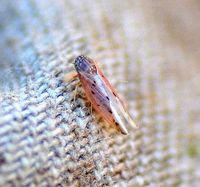 | Photo by: Paul Scharf
Warren Co.
Comment: Caught Sweeping | 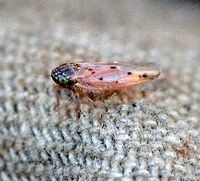 | Photo by: Paul Scharf
Warren Co.
Comment: Caught Sweeping |
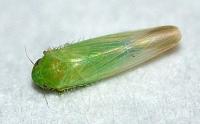 | Photo by: Paul Scharf
Warren Co.
Comment: Attracted to Light |  | Photo by: Paul Scharf
Warren Co.
Comment: Attracted to UV Light |
 | Photo by: Paul Scharf
Warren Co.
Comment: Attracted to UV Light | 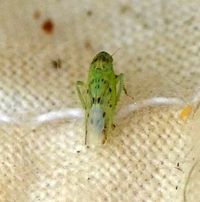 | Photo by: Paul Scharf, Brian Bockhahn
Avery Co.
Comment: Caught Sweeping , locally common |
 | Photo by: Paul Scharf, Brian Bockhahn
Avery Co.
Comment: Caught Sweeping , locally common | 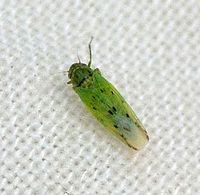 | Photo by: Paul Scharf, Brian Bockhahn
Avery Co.
Comment: Caught Sweeping , locally common |
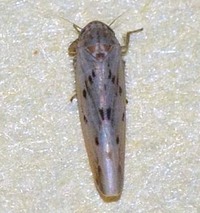 | Photo by: Paul Scharf
Warren Co.
Comment: Attracted to Black Light | 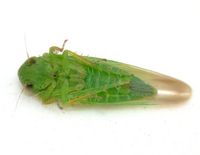 | Photo by: Kyle Kittelberger, Paul Scharf
Wake Co.
Comment: mixed hardwood forest habitat; green form |
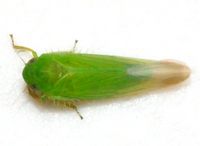 | Photo by: Kyle Kittelberger, Paul Scharf
Wake Co.
Comment: mixed hardwood forest habitat; green form | 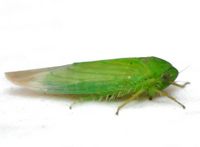 | Photo by: Kyle Kittelberger, Paul Scharf
Wake Co.
Comment: mixed hardwood forest habitat; green form |
 | Photo by: Kyle Kittelberger, Brian Bockhahn, Paul Scharf
Avery Co.
Comment: grassy and vegetated, shrubby habitat surrounded by forest; also the edge of the river. 2 "spotted" individuals |  | Photo by: Paul Scharf
Warren Co.
Comment: Attracted to Black Light |
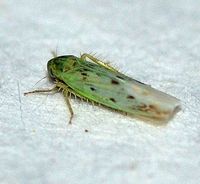 | Photo by: Paul Scharf
Warren Co.
Comment: Attracted to Blavk Light | 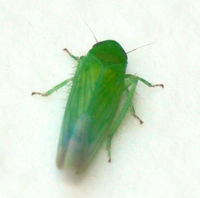 | Photo by: Kyle Kittelberger
Wake Co.
Comment: microstygium, mixed hardwood forest habitat |
 | Photo by: Kyle Kittelberger
Wake Co.
Comment: mixed hardwood forest habitat |

 »
»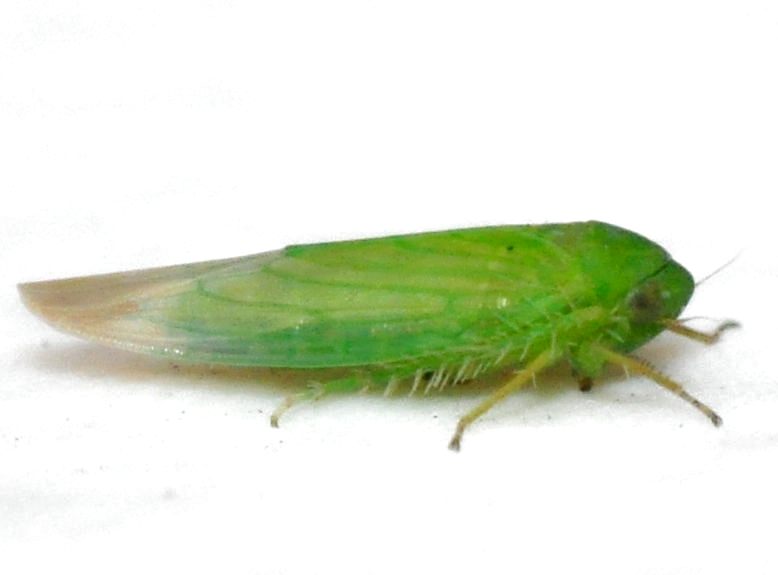


 »
»
